Whirlpool Bath Therapy
Table of Contents
What is a Whirlpool Bath Therapy?
Whirlpool bath therapy, also known as hydrotherapy or aquatic therapy, is a therapeutic treatment that utilizes the soothing and healing properties of water to promote relaxation, pain relief, and overall well-being. This form of therapy involves immersing the body in a specially designed whirlpool bath or hot tub that produces a swirling or bubbling effect through the release of pressurized water or air jets.
Whirlpool bath therapy has been practiced for centuries and is believed to have originated from ancient civilizations such as the Greeks and Romans, who recognized the healing benefits of water. In modern times, it has become a popular method of complementary and alternative medicine, often used in rehabilitation centers, spas, and even home settings.
The swirling water produced by the whirlpool bath creates a massaging effect on the body, which can help relieve muscle tension, reduce stress, and alleviate pain. The combination of warm water and hydrostatic pressure can also enhance blood circulation, improve joint mobility, and assist in the healing process of injured or inflamed tissues.
The therapeutic benefits of whirlpool bath therapy extend beyond physical relaxation and pain relief. The warmth and buoyancy of the water can have a calming effect on the mind, promoting mental relaxation and reducing anxiety. This makes it an effective treatment for individuals dealing with stress-related conditions, such as anxiety disorders and insomnia.
Additionally, whirlpool bath therapy can be customized to cater to individual needs and preferences. Various features and options are available, such as adjustable jet intensity, underwater lighting, and aromatherapy additives, allowing for a tailored and personalized experience.
While whirlpool bath therapy offers numerous benefits, it is essential to consult with a healthcare professional before incorporating it into your wellness routine, especially if you have any underlying medical conditions or concerns. They can provide guidance on the appropriate frequency, duration, and temperature settings for your specific needs.
Water Applications Combined with mechanical stimulation :
~Usage of Water for Therapeutic Purposes
~Use of whirlpool baths has become an increasingly valuable means of Physiotherapy treatment.
Principles of Application:
~The principle of whirlpool therapy is to combine the effect of temperature with the mechanical effects of water.
~warm whirlpool contains water at temperature ranges between 36-45 degrees Celcius and a jet of water or air stream is allowed to produce turbulence in the water.
~this turbulence is produced by an electrical motor incorporated into the apparatus.
~depending upon the apparatus, a whirlpool bath can be used for the treatment of the limbs or whole body.
How is a Whirlpool Used in Physical Therapy?
~The whirlpool is a large tub that is filled with water. The body part that is to be treated is then placed in the tub of water, and a small motor agitates the water. While in the water, you can move your body part to help improve the motion around the injured area.
~Most whirlpools that you will encounter in a physical therapy clinic are small, and only your arm or leg will be able to be placed in it. There are some whirlpools that are larger, and your entire body can be placed inside.
~The temperature of the water in the whirlpool can be warm or cold, depending on the desired goal. Warm whirlpools can increase circulation, as the heat helps to open up small arteries in the body. Increased circulation can bring fresh blood, oxygen, and cells to the injured area, which can promote healing.
~The typical temperature of a warm whirlpool is 98-110 degrees Fahrenheit. Care should be taken to avoid burns. Be sure to talk with your physical therapist about your specific comfort level.
~Cold whirlpools cause the arteries in the body to close, which can help to decrease circulation to the body part being treated. This is used to help manage inflammation and swelling in the injured body part. The temperature of a cold whirlpool is usually between 50 and 60 degrees Fahrenheit.
A contrast bath treatment involves using both warm whirlpool and cold whirlpool on the same body part during treatment. Your injured body part is repeatedly moved from warm to cold water. You typically spend about one to three minutes in each bath, and a typical treatment lasts for 15 to 20 minutes. The theory of contrast bath use is to create a rapid opening and closing of the arteries around the body part being treated. This creates a pumping effect in the body part, which helps to decrease swelling around the injured site.
~A typical whirlpool treatment lasts for 10 to 15 minutes. Your physical therapist may have you perform certain exercises while your body part is in the whirlpool to help improve the range of motion in the part being treated.
Common Conditions That May be Treated with Whirlpool Therapy:
Common injuries and conditions that may be treated with whirlpool therapy include:
- Ankle fracture
- Plantar fasciitis
- Lisfranc dislocation
- Colle’s and Smith’s fractures
- Ankle Strain
- Tennis elbow
- Achilles tendon rupture and tendinitis
Types of Whirlpool baths:
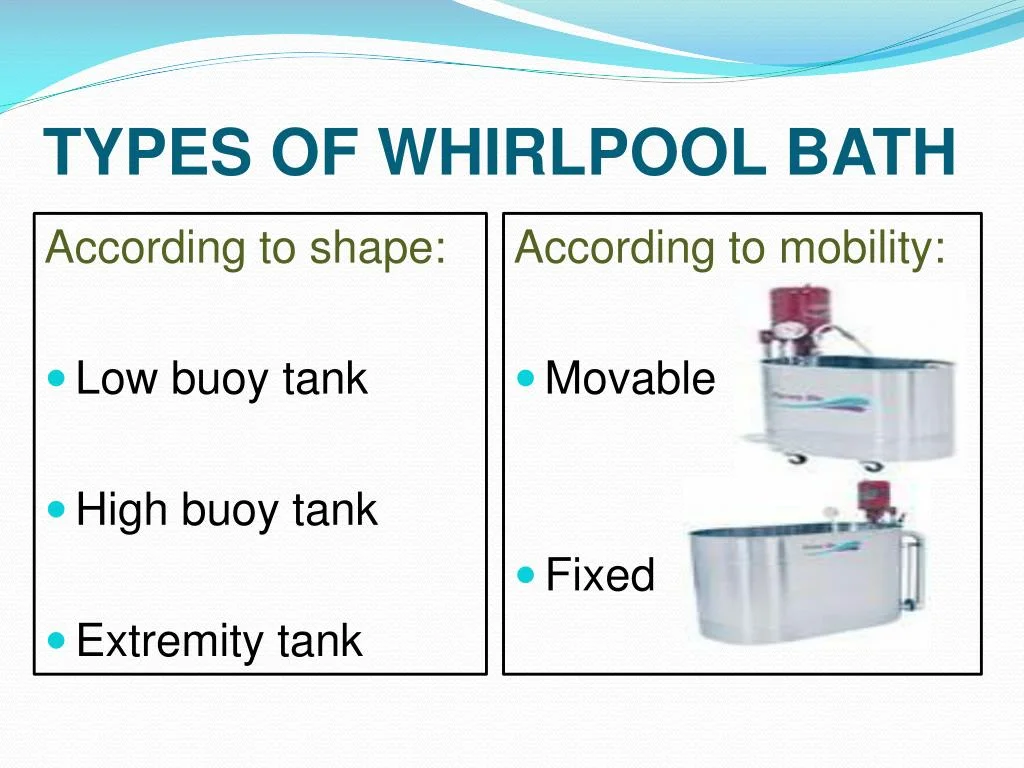
- Low boy tank
- high boy tank
- Hubbard tank
- extremity tank
Low boy tank:
~the low boy tank can be used to allow an adult to sit in the tank and can range in capacity from 75 to 105 gallons.
High boy tank:
~sometimes referred to as a hip or leg tank, can allow immersion of both lower extremities.
~capacity can range from 60 to 105 gallons.
Hubbard tank:
~the Hubbard tank has a greater potential for exercise during treatment due to its size and can accommodate a full body treatment
~capacity can range anywhere from 200 gallons to more than 400 gallons.
~figure 8 pattern
~the pattern can allow easy access to the patient note that the larger tanks also have more than one turbine for agitation.
butterfly shape :
~underwater exercises
~8 feet long, 6 feet wide,4 feet deep
~425 gallons of water
~stretcher, turbines, hoist
~chances of contamination
~expensive secondary to amount of water, time to clean
extremity tank:
~the extremity tank is usually used for the upper or lower extremities and has a capacity of 10 to 45 gallons of water.
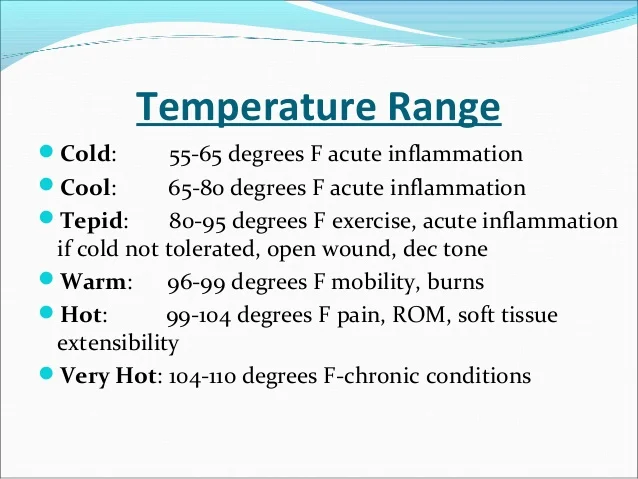
Technique of application:
~the whirlpool tank is filled with water.
~the water temperature is checked by hand and thermometer.
~adjust the patient’s position in accordance with the treated body part and consider both comfort and security.
~explain the procedure and reassure the patient.
~place the body part in water.
~encourage the patient to move while keeping the body part underwater during the treatment in case of joint involvement.
~after the completion of treatment, dry the body part and wrap it keeping it warm.
Therapeutic effects:
~the whirlpool bath combines the values of conductive heat and gentle, massage.
~a sedative action.
~a relief of pain by stimuli that act through the pain gait mechanism.
~a relaxation of muscle spasms.
Actions:
~producing vasodilatation
~improving local arterial and lymphatic circulation.
~softening of scar tissue.
~breaking down old adhesions after fractures or sprains.
~cleaning and stimulation of wounds.
~mechanically removing dirt, dead tissue, and puss.
~causing regression of the inflammatory process.
~demenution of edema and effusion.
~the part to be treated is immersed in the water and the jet of the stream is allowed to produce turbulence in the hot water.
~treatment is usually given for 15-20 minutes.
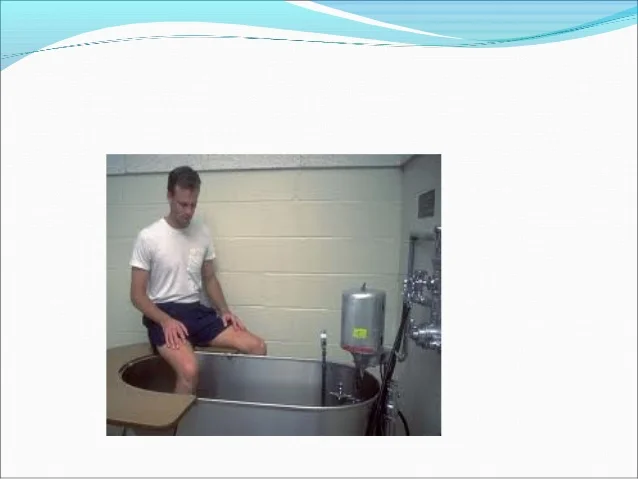
~whirlpool bath is used in rheumatic disorders, post-traumatic stiffness, and joint pain.
~it is effectively used in sports medicine for relaxation after practice or competition.
USES:
~Burns if no agitation is used.
~open wounds for debridement purposes.
~ post-operative orthopedics condition where the water will add a buoyancy element to eliminate the weight of the extremity for movement.
~as a resistance force for exercises.
Beware of:
~any adverse condition that may appear
~skin pallor
~shivering
~dizziness
~rapid, weak pulse
~edema
~decrease in ROM
~hyperventilation
~seasickness
Indications:
~poor circulation
~chronic edema
~separate dead tissue
~pain relief in amputation
~after removal of plaster cast(fractures)
~stiff joints
~infected wounds with added antiseptic agent
~arthritis with stiff and swollen joints
~Poliomyelitis and paraplegia to improve circulation
~traumatic and chronic inflammatory conditions
~weak and painful feet
~as preparation for massage, passive stretching, and exercises
Contraindication:
~feverish patient
~recent skin grafts
~circulatory impairment
~open wounds
~hemorrhage
~skin allergy
~active bleeding
Summary
In summary, whirlpool bath therapy harnesses the therapeutic power of water to promote physical and mental well-being. Whether it’s for relaxation, pain management, or stress reduction, this form of hydrotherapy can provide a rejuvenating and healing experience for individuals seeking natural and holistic approaches to health and wellness.
FAQs
Yes, surely. The increased oxygen intake from the water pressure over a regular bath can help keep your skin looking young. Additionally, the warm water will attract your body’s toxins to the surface and remove them.
Your body may be cleansed of any poisons by taking a whirlpool bath. Every day, our skin is exposed to contaminants, which it absorbs. A whirlpool bath gives your skin the relaxing opportunity to flush out these impurities, rejuvenating you.
re is no major difference
All of them have jets, bubbles, and frequently different coloured lights and other decorations. They are all sizable hot water tanks. Overall, the terms “whirlpool bath,” “Jacuzzi,” and “hot tub” all refer to the same thing.
Use of whirlpool therapy are:
Reduce edoema, manage inflammation, enhance range of motion, lessen discomfort, and lessen muscular spasms. Increases circulation by widening the body’s tiny arteries, providing new blood, oxygen, cells, and nutrients to the wounded region. Warm Whirlpool (98–110°F for patient comfort).
Water is pumped through the jets of a whirlpool spa by an electric motor, which also circulates air. Through a suction plate, the whirlpool’s suction pulls water from the bath into the pump. The water is subsequently pushed out via the whirlpool jets by the pump under pressure.

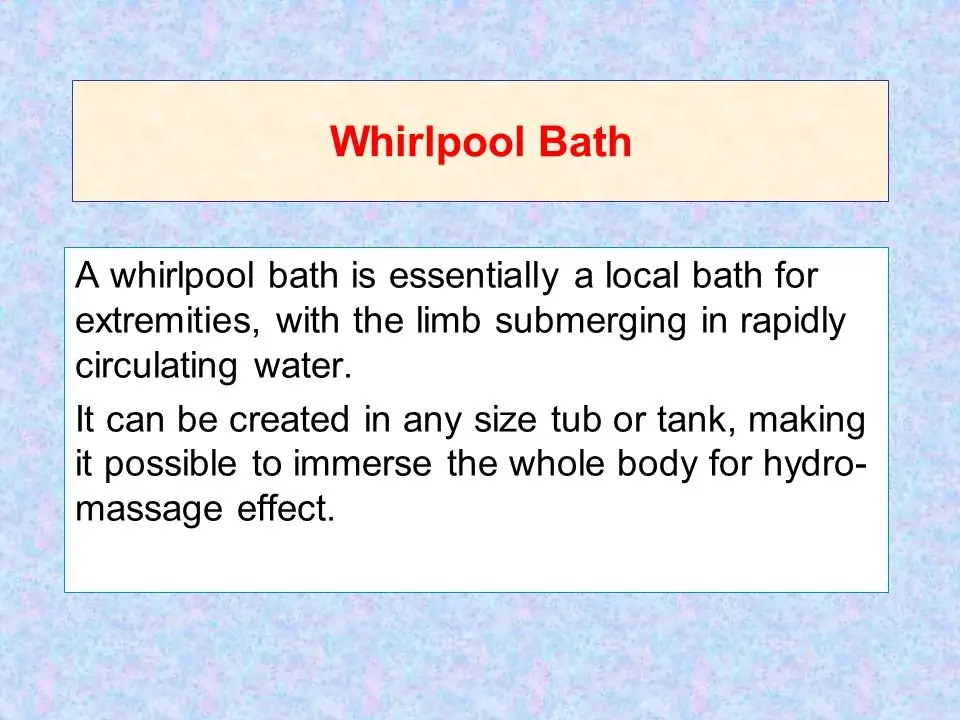


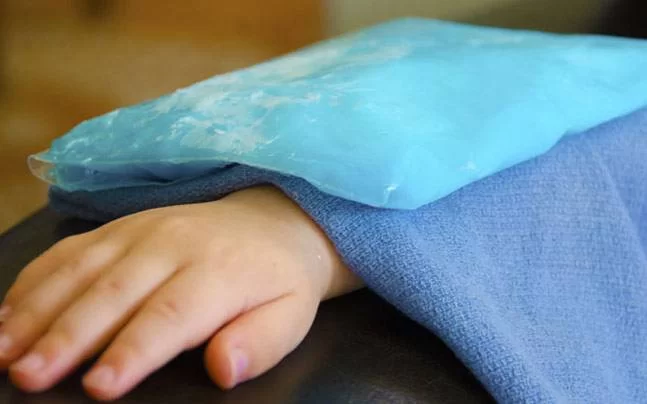

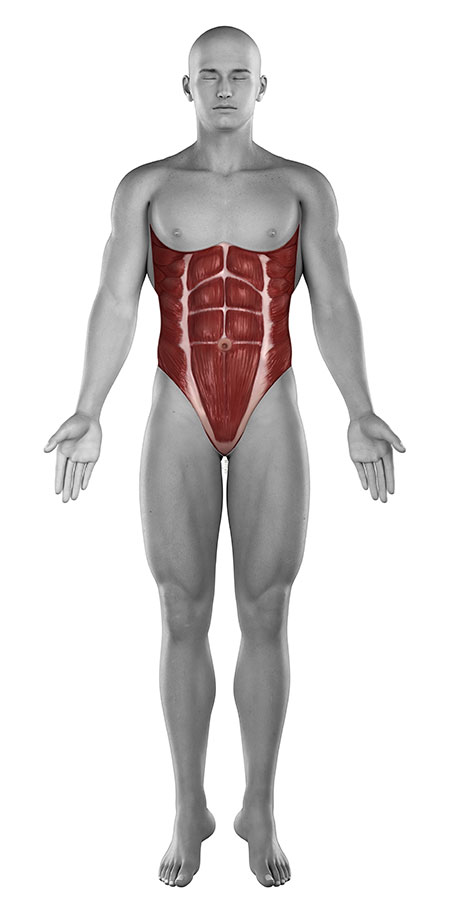
How does whirlpool bath improves range of motion (therapeutic treatment)